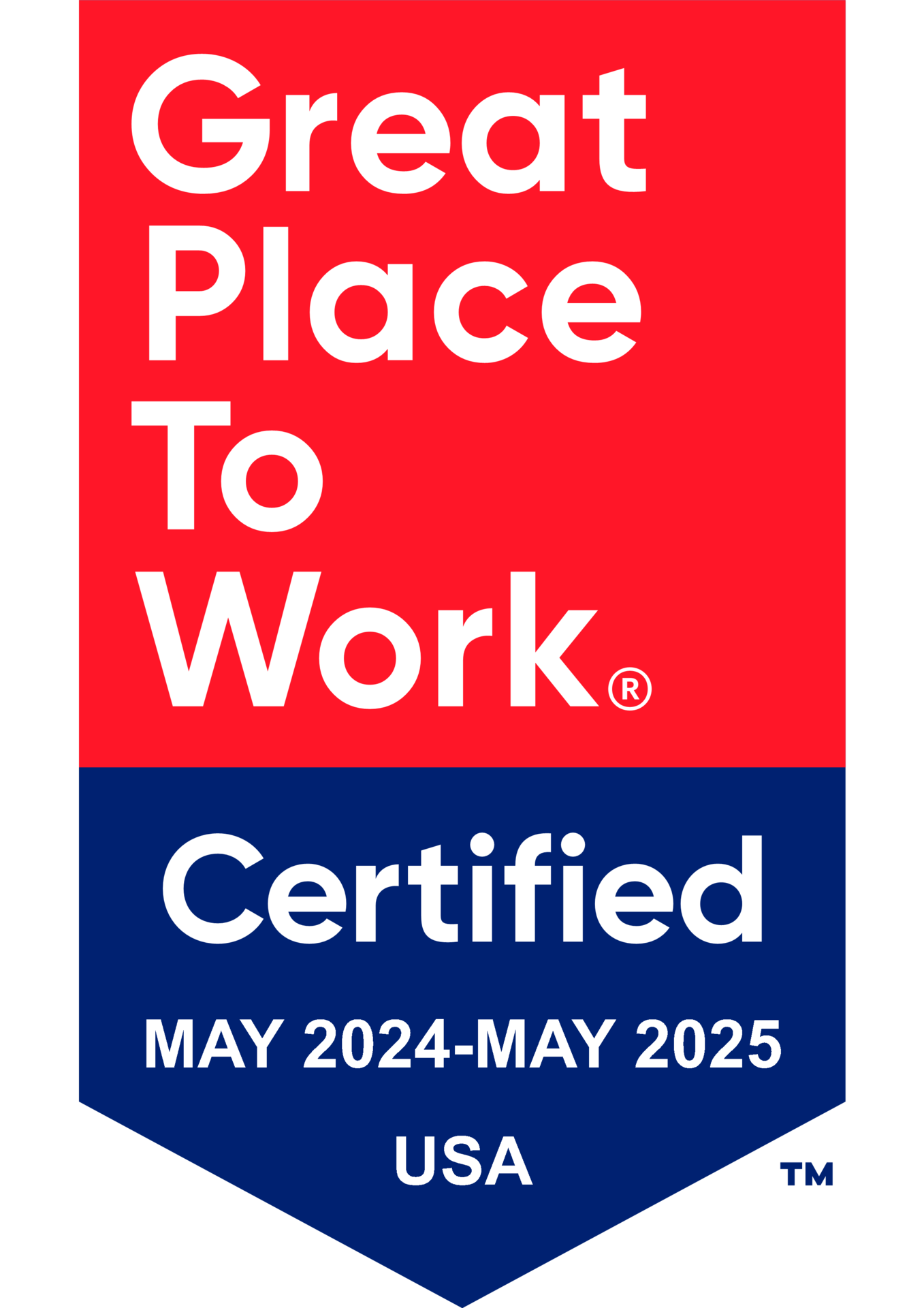The Impact Your Interest Rate Makes [INFOGRAPHIC]
![The Impact Your Interest Rate Makes [INFOGRAPHIC] | Simplifying The Market](https://files.keepingcurrentmatters.com/wp-content/uploads/2017/06/20170609-Cost-of-Interest-STM.jpg)
Some Highlights
- Interest rates have come a long way in the last 30 years.
- The interest rate you secure directly impacts your monthly payment and the amount of house that you can afford if you plan to stay within a certain budget.
- Interest rates are at their lowest in years… RIGHT NOW!
- If buying your first home, or moving up to the home of your dreams is in your future, now may be the time to act!



![What Would You Sacrifice to Save For Your Next Home? [INFOGRAPHIC] | Simplifying The Market](https://files.keepingcurrentmatters.com/wp-content/uploads/2017/06/Sacrifices-to-Buy-BOA-STM.jpg)


![Inventory Challenges Continue! [INFOGRAPHIC] | Simplifying The Market](https://files.keepingcurrentmatters.com/wp-content/uploads/2017/05/20170526-EHS-APR-PAT-STM.jpg)




![Why Americans Consider Moving to Another State? [INFOGRAPHIC] | Simplifying The Market](https://files.keepingcurrentmatters.com/wp-content/uploads/2017/05/Why-Americans-Move-STM.jpg)



![What You Need to Know About Qualifying for a Mortgage [INFOGRAPHIC] | Simplifying The Market](https://files.keepingcurrentmatters.com/wp-content/uploads/2017/04/Mortgage-Process-STM.jpg)




![Do You Know the Cost of Waiting? [INFOGRAPHIC] | Simplifying The Market](https://files.keepingcurrentmatters.com/wp-content/uploads/2017/05/20170505-Cost-of-Waiting-STM.jpg)




